New World 3. Natural, Social and Cultural Environment
D. Living things
1. Human beings
2. Looking after my body
3. The five senses
4. Animals
5. Plants
G. Glossary
C. Chants
6. Water
7. Landscapes
8. Maps
9. Villages, towns and cities
10. Living in society
G. Glossary
C. Chants and poems
11. Jobs (I)
12. Jobs (II)
13. Festivals and traditions
14. Our past
G. Glossary
C. Chants and poems
Este libro contiene:
-
21 secuencias
-
432 recursos
-
Idioma:
- Inglés
Libro de texto
-
1. Living things
- Ir a ficha de secuencia
- 0 secuencias
- 1 recurso
Living things are born, they eat, they interact with each other, they reproduce and they die. Non-living things are not born, they do not eat, they do not interact with each other, they do not reproduce and they do not die. Living things are classified into four groups: Animals Animals can move around and eat other living things. Human beings are animals. Plants Plants cannot move. They make their own food. Trees and flowers are plants. [...]
-
2. Human beings
- Ir a ficha de secuencia
- 0 secuencias
- 21 recursos
Human beings look different from each other. But human beings are also similar in many ways. Our bodies have three parts: the head, the torso and the limbs. We use our motor system to move. Our motor system is made up of our bones, muscles and joints. Our motor system helps us move around. In this unit we will learn how our body works. We will learn what makes us different from other people.
-
3. Looking after my body
- Ir a ficha de secuencia
- 0 secuencias
- 23 recursos
We need to look after our body to have a healthy and happy life. We should eat many different types of food to have a balanced diet. We should also do regular physical exercise. It is also important to keep our body clean. We should have a shower every day and brush our teeth after meals. In this unit we will learn about looking after our body.
-
4. The five senses
- Ir a ficha de secuencia
- 0 secuencias
- 29 recursos
We use our senses to find out information about the world around us. Human beings have five senses: touch, sight, hearing, taste and smell. We use different parts of our body for each sense. These body parts are our sense organs. They can give us information about temperature, shape, sound, colour and light. In this unit we are going to learn about our senses and sense organs.
-
5. Animals
- Ir a ficha de secuencia
- 0 secuencias
- 25 recursos
There are millions of different animals in the world. Animals are living things. They reproduce and eat. But different animals reproduce in different ways, and eat different foods. Animals also live in different places, they move in different ways and their bodies look different. In this unit we are going to learn how to classify animals into groups.
-
6. Plants
- Ir a ficha de secuencia
- 0 secuencias
- 28 recursos
Plants are living things. They live in different places. Plants need water and the Sun to grow. They use the water and the light from the Sun to make their own food. Plants reproduce by making seeds. Plants are very important because they produce oxygen. We need oxygen to breathe. In this unit, we are going to learn how to classify plants into different groups.
-
7. Glossary
- Ir a ficha de secuencia
- 0 secuencias
- 5 recursos
Bones muscles head skeleton joints skull limbs spinal column motor system torso
-
8. Chants
- Ir a ficha de secuencia
- 0 secuencias
- 5 recursos
All living creatures eat and drink, But only humans talk and think. I am not the same as you, Your eyes are brown and mine are blue.
-
9. Water
- Ir a ficha de secuencia
- 0 secuencias
- 32 recursos
Water covers a lot of the Earth's surface. We can find water in oceans, seas and rivers. We can also find water in clouds and in snow on mountains. All living things need water. All animals need water to drink. Some animals live in water. Plants need water to make food. In this unit we are going to learn about water and how water moves around the Earth in the water cycle.
-
10. Landscapes
- Ir a ficha de secuencia
- 0 secuencias
- 35 recursos
Everything we see around us is the landscape. Landscapes have natural features, like rivers, trees, lakes, mountains and beaches. Landscapes also have man-made features, like houses, roads, bridges and tunnels. Landscapes can be mountain, coastal or plains. In this unit we are going to learn about different landscapes and their features.
-
11. Maps
- Ir a ficha de secuencia
- 0 secuencias
- 13 recursos
We use photos, sketches, street maps and maps to show what a landscape looks like. Photos show us what a landscape looks like in reality. A sketch is a drawing that shows the most important features of a landscape. Street maps and maps are pictures of an area seen from above. Maps represent bigger areas than street maps. In this unit we are going to learn about ways of representing landscapes.
-
12. Villages, towns and cities
- Ir a ficha de secuencia
- 0 secuencias
- 34 recursos
We live in communities called villages, towns and cities. Villages are small. Few people live in them. Towns are bigger than villages. Many people live there. Cities are bigger than towns. Some cities have millions of people! Villages, towns and cities have different types of streets, buildings and transport. In this unit we are going to learn about villages, towns and cities.
-
13. Living in society
- Ir a ficha de secuencia
- 0 secuencias
- 27 recursos
All the people who live and work around us, in our village, town or city, are called our community. There are many different people in our community. We live with our families at home. We work with our classmates and teachers at school. The people who live near us are called our neighbours. In this unit we are going to learn about the people who live and work around us.
-
14. Glossary
- Ir a ficha de secuencia
- 0 secuencias
- 5 recursos
Condensation rain evaporation river fresh water snow fusion solidification ice water cycle
-
15. Chants and poems
- Ir a ficha de secuencia
- 0 secuencias
- 5 recursos
Salty water in the sea, Water vapour in the air, Snow and ice and rain and fog, Water, water everywhere.
-
16. Jobs (I)
- Ir a ficha de secuencia
- 0 secuencias
- 33 recursos
There are many different types of jobs. Farmers and fishermen get products from nature such as vegetables, milk and fish. People who work in the craft and manufacturing industries make products like furniture and clothes. In this unit we are going to learn about different jobs.
-
17. Jobs (II)
- Ir a ficha de secuencia
- 0 secuencias
- 42 recursos
People who work in the service industry, like teachers and nurses, help other people. Every day we buy food, clothes and other products. This activity of buying and selling is called trade. We buy different products in shops, markets, supermarkets and shopping centres. We use means of transport to transport products and people from one place to another.
-
18. Festivals and traditions
- Ir a ficha de secuencia
- 0 secuencias
- 28 recursos
It is important to do fun activities in our free time. We can have fun listening to music, doing sport or playing games with our friends. We can also celebrate local festivals and traditions in our free time. We celebrate festivals and traditions at school, at home or in our town. In this unit we are going to learn about free time activities, festivals and traditions.
-
19. Our past
- Ir a ficha de secuencia
- 0 secuencias
- 33 recursos
We change a lot during our lives. Memories and photos help us to remember our past. Our families have a history too. We can ask our parents and grandparents to tell us about our family history. Places also change. Old buildings are important because they tell us about the past. We should protect old buildings so people can enjoy them in the future. In this unit we are going to learn about the past.
-
20. Glossary
- Ir a ficha de secuencia
- 0 secuencias
- 4 recursos
Arable farmer fisherman craftsman irrigated crops livestock farmer factory manufacturing industry factory worker product
-
21. Chants and poems
- Ir a ficha de secuencia
- 0 secuencias
- 4 recursos
There are many, many jobs that men and woman do, Growing crops, catching fish, making clothes and shoes, Looking after animals, making pencils too, There are many, many jobs, which one's the best for you?
Cursos y asignaturas
-
Aún no hay comentarios, ¡comparte tu opinión! Inicia sesión o Únete a Tiching para poder comentar
La licencia digital es una autorización que permite utilizar un recurso digital de acuerdo con las condiciones legales de dicho recurso. El código que recibas una vez la hayas comprado te permitirá acceder al recurso educativo digital elegido.
Puedes consultar más información en nuestra página de ayuda.

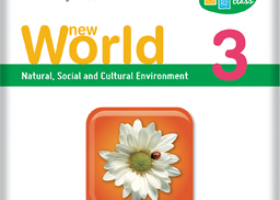

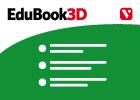

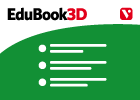

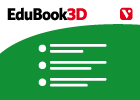
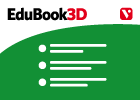
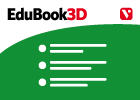
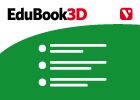
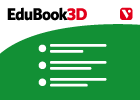
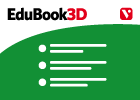
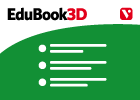
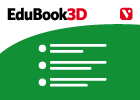
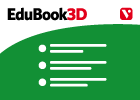
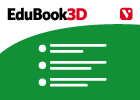
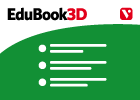
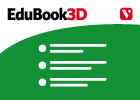
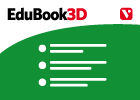
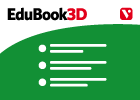
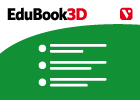
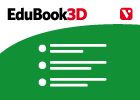
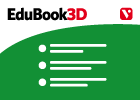

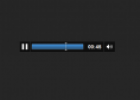
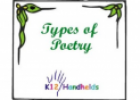



¿Dónde quieres compartirlo?
¿Quieres copiar el enlace?